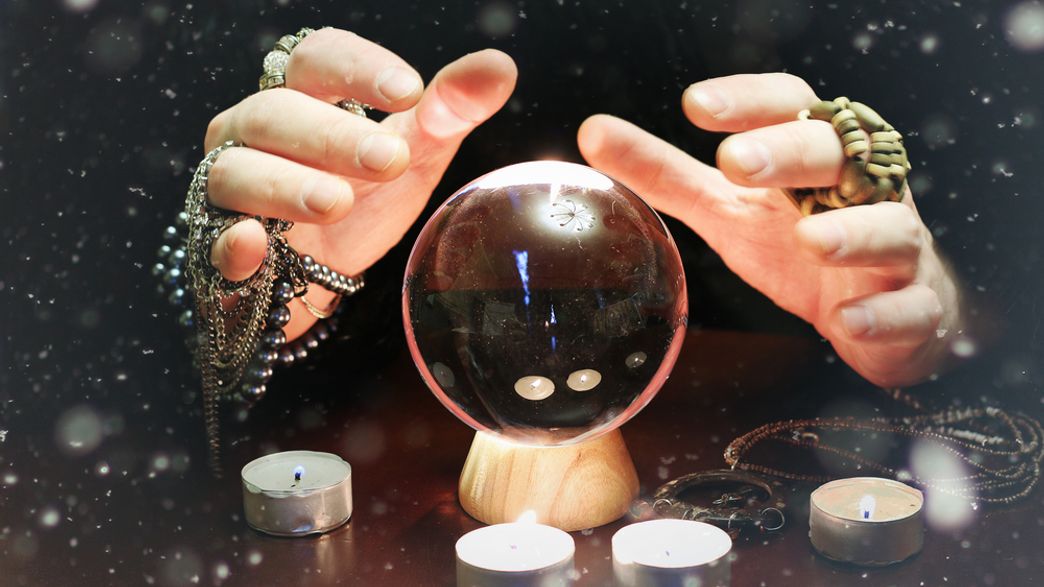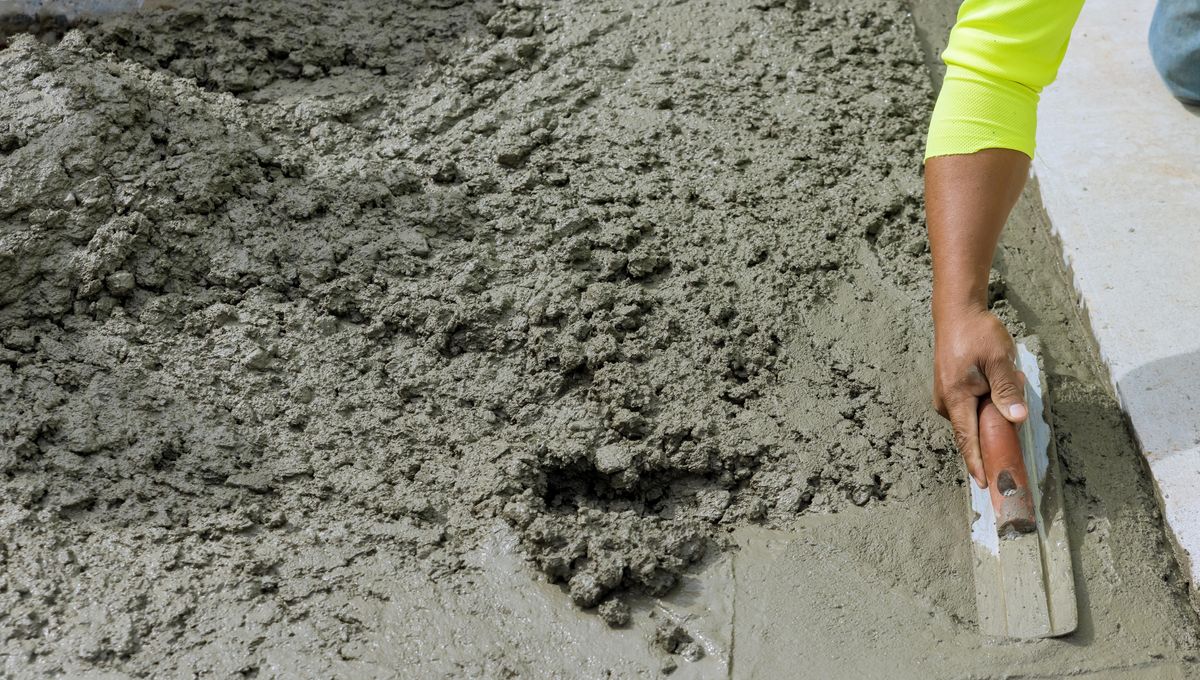Throughout history, self-proclaimed mediums have claimed to communicate with the dead. In today’s world, these mediums charge high fees to deliver messages from deceased loved ones. However, their credibility has been questioned, especially by skeptics like James Randi, a renowned magician who offered a $1 million reward for any psychic who could scientifically prove their paranormal abilities. Despite numerous attempts, professional psychics have failed to demonstrate the truth behind mediumship.
Now, a team of researchers from the Institute of Noetic Science in California and the University of California San Diego have conducted a study to further investigate mediums, and the results are not favorable for the profession. Their findings, published in the journal Brain and Cognition, shed light on the matter.
The study involved 12 professional mediums and 12 ordinary individuals. The researchers aimed to determine whether mediums truly possessed a connection to the deceased that allowed them to better understand the cause of death compared to the average person. All participants were shown 180 memorial images of deceased individuals and were asked to identify the cause of death. Throughout the experiment, the participants’ heart rate and brain activity were monitored.
In theory, mediums should have a higher accuracy rate in identifying the cause of death compared to the control group, who were essentially guessing. Surprisingly, the mediums performed worse than expected.
While the control group performed slightly better than random chance, with a 4% increase in accuracy, the mediums performed worse, with a decrease of 0.2%. Additionally, the mediums took longer to answer the questions, especially when they provided incorrect answers.
The researchers also observed differences in heart rate and brain activity between the mediums and the control group. The mediums maintained a consistently higher average heart rate, suggesting they may have experienced more stress during the testing process.
Furthermore, the electroencephalogram (EEG) results, which analyzed brain activity while participants viewed the photos, revealed differences in the areas of the brain that the participants focused on. The control group showed more activity in the visual processing region of the brain (occipital lobe) compared to the mediums. This suggests that the controls paid more attention to analyzing the appearance of the photographs, although these differences in brain activity were not significantly linked to higher accuracy.
So why did the control group outperform those who claimed to communicate with the dead? The simplest explanation is that the mediums’ claims are baseless, and contacting the dead may not be possible after all.
However, some mediums offered an alternative explanation based on their experiences.
“Some of the mediums found it challenging to differentiate between types of death because they reported feeling the pain of the deceased individuals without understanding the cause of that pain,” the authors explain.
“For example, they might have interpreted a certain type of pain as a heart attack, when in reality, it could have been caused by a gunshot to the chest or chest trauma from a car accident.”
Whether we accept their reasoning or not, these findings suggest that mediums may not possess the paranormal abilities they claim to have, despite the inherent challenges in researching this field. The researchers now aim to incorporate the feedback received and allow more time for participants to answer each question, in hopes of fully exploring whether mediums are genuine or simply capitalizing on difficult times.








